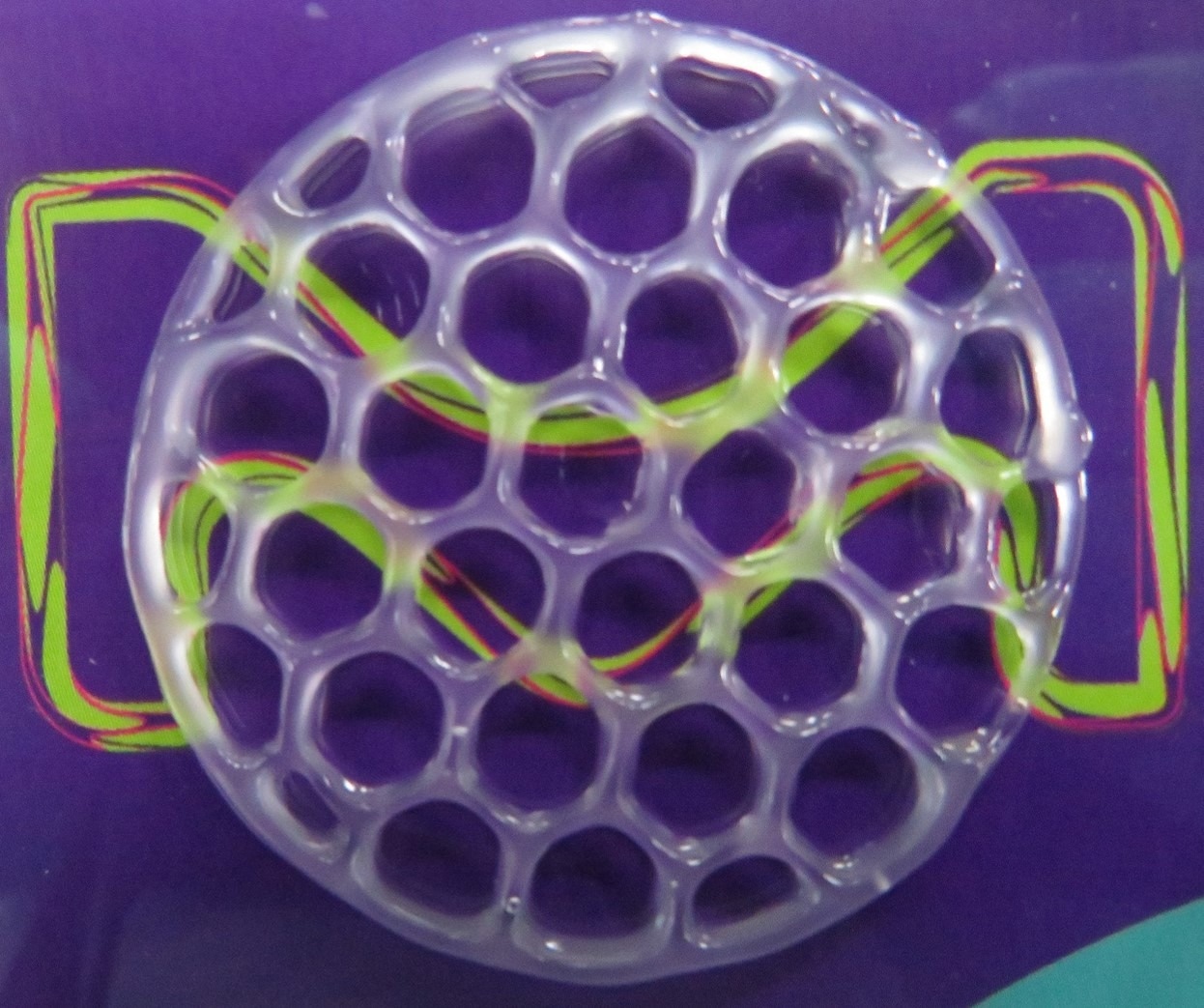A polymerizable hydrogel material made of natural extracellular matrix (ECM) components is called gelatin methacryloyl (GelMA). Gelatin has become a widely sought-after substance for tissue engineering applications because of its low cost, availability, and preservation of natural cell-binding patterns.
Alginate is a naturally occurring polymer that is frequently used for bioprinting applications since it can readily be adjusted in terms of printability by changing the polymer density and crosslinking with calcium chloride (CaCl2). To promote cell adhesion and differentiation, alginate and gelatin are frequently mixed.
By altering the degree of functionalization and polymerization conditions, it is possible to regulate the crosslinking reaction’s timing and location, creating hydrogels with distinctive morphologies, 3D structures, and patterns.

Image Credit: Merck
Properties
Source: Merck
| . |
. |
| Quality Level |
100 |
| Sterility |
0.2 μm filtered |
| Form |
Viscous liquid (gel) |
| Impurities |
<5 cfu/mL Bioburden
<50 EU/mL Endotoxin |
| Color |
Pale yellow to colorless |
| Viscosity |
10-40 cP |
| pH |
6.5-7.5 |
| Application(s) |
3D bioprinting |
| Storage temp. |
2-8 °C |
Application
The following bioprinting applications have made use of bioinks made from gelatin methacrylate:
- Epithelial
- Endothelial
- Cardiac valve
- Skin
- Tumors
- Osteogenic
- Chondrogenic
- Hepatic
- Adipogenic
- Vasculogenic
Features and benefits
- Ready-to-use formulation designed for maximum printing fidelity and cell survival, removing the need for the time-consuming bioink formulation development procedure
- MilliporeSigma 3D Bioprinting Scientists designed and tested step-by-step techniques; no prior 3D bioprinting experience is required
- Appropriate for various extrusion-based 3D bioprinter models
- The methacrylamide functional group can also be employed to regulate the physical properties of the hydrogel, such as pore size, degradation rate, and swell ratio